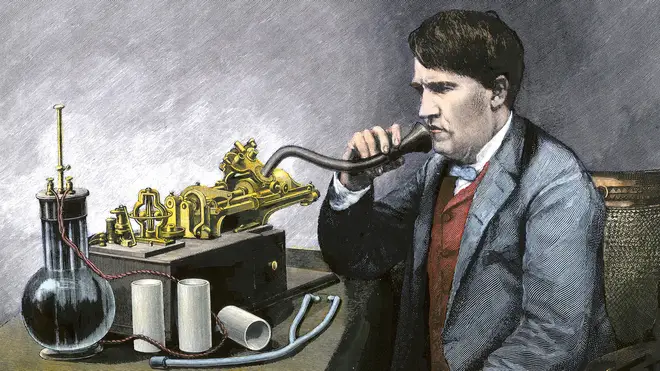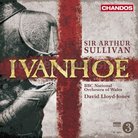The sound of a song in 1888 – listen to one of the earliest musical recordings known to exist
14 June 2022, 12:31 | Updated: 14 June 2022, 17:25

In August 1888, a piece of history was captured. Hear it in the video below…
Listen to this article
Loading audio...
Before we could all send voice notes to friends and family, record choir rehearsals on Zoom, or chronicle our music practice in voice memos, sound recordings were etched onto wax cylinders.
And fortunately for us today, we are still able to hear one of the earliest musical recordings.
On 14 August 1888, a recording of British composer Arthur Sullivan’s song ‘The Lost Chord’ was etched onto a phonograph cylinder.
The phonograph had been made by American inventor Thomas Edison, who developed several devices in the fields of sound recording and motion pictures and is often credited with inventing the lightbulb (more on the other inventors who had a part to play, here).
Read more: Sounds of the 1860s: listen to the earliest recordings known
Edison sent his audio recording technology to George Gouraud, who introduced the phonograph to London society at a press conference. One of the sounds played out of the device, was a piano and cornet recording of ‘The Lost Chord’. Hear it below:

Edison phonograph cylinder (1888): Sir Arthur Sullivan (1842-1900) - The Lost Chord & Speech
The recording fades out before the end of the piece due to a lack of space on the wax cylinder.
Even earlier phonograph recordings include Handel’s Israel in Egypt in June 1888 at London’s Crystal Palace, and a line from Au Clair de la Lune sung by the inventor of sound recording himself, Édouard-Léon Scott de Martinville, in April 1860. But neither have the clarity of the 1888 recording of ‘The Lost Chord’ – perhaps the earliest musical recording that is still agreeable to listen to today.
Arthur Sullivan, one half of beloved theatrical duo Gilbert and Sullivan (Pirates of Penzance, HMS Pinafore), was astounded at this new technology but had his reservations too.
In October that year, Sullivan was invited to a party, in which the phonograph was being introduced to members of society.
After dinner, he recorded a voice note to Edison, in which he said: “I can only say that I am astonished and somewhat terrified at the result of this evening’s experiments: astonished at the wonderful power you have developed, and terrified at the thought that so much hideous and bad music may be put on record forever.
“But all the same I think it is the most wonderful thing that I have ever experienced, and I congratulate you with all my heart on this wonderful discovery. Arthur Sullivan.”

The phonograph recordings were unearthed at the Edison Library in New Jersey, US, in the 1950s.
Sullivan penned ‘The Lost Chord’ in January 1877 at the bedside of his brother Fred, who died five days later after Sullivan completed the song.
It went on to be a commercial hit and was recorded by several leading singers of the time including British contralto Clara Butt, and later Enrico Caruso in 1912. Sullivan later said: “I have composed much music since then, but have never written a second Lost Chord.”
Here’s the song again, recorded 80 years later in 1968, by the Welsh operatic tenor Stuart Burrows:

Sullivan: The Lost Chord




